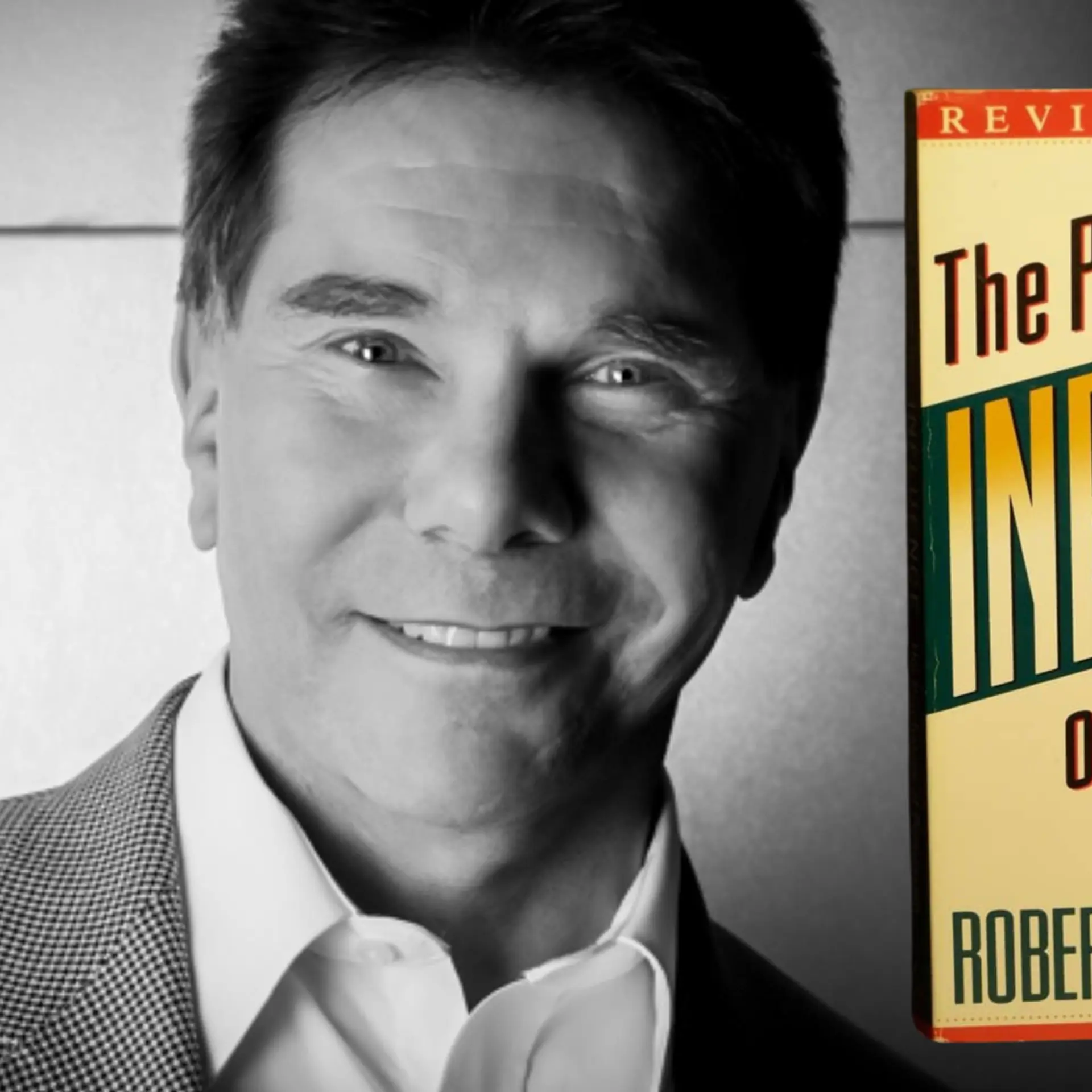The way our lives and schools and jobs are structured - the key word here is ‘structured’ – we rarely practice a skill we aren’t expected to. Even today, the ‘need’ for innovation is not emphasised as much as, say, leadership. The topic is not even introduced without one accidentally bumping into it. Even when children are sent to extra-curricular activities in the hope of turning out well-rounded individuals, it is often seen as a means towards their career, so it isn’t really innovation.
Innovation is about a fundamentally enhanced outcome in every domain: you could innovate a method, product, interaction, experience, business, way of teaching, or solution to a problem. It is like a skill that combines mental and physical ability, learning and practice. It’s clearly one of the most wanted traits, yet remains nebulous and most folks are not aware if they need it.

Myth: ‘Innovation is an in-born talent’
Creativity, stated to be highly dependent on genes, is different from innovation. While creativity could lead to innovation, it’s not the necessary and sufficient condition for it. Innovation involves many things other than creativity, and it involves a way of thinking and doing that can be developed, learnt and strengthened.
The books and talks about innovation seek to make it look more and more exclusive; it leaves one impressed, and convinced that he/she isn’t born to innovate. In-born status externalises innovation. It happens because nobody simplifies innovation and makes it accessible.
I don’t know how to innovate
This is a genuine concern: even if one knows and believes that one should innovate, where does one start? I come across many corporate managers who are seeking some method to the innovation madness. Is it all gut feel? Or is there a method? Is there a manual?
Another issue is that we don’t have (or know) too many people who innovate around us. So how do we learn by emulating them? Our schools, colleges and corporates never test us for innovation or give us a constructive feedback in that direction.
It’s a muscle we don't know how to exercise; hence, it has not developed.
Having said the above, is innovation really that simple? Is it for everyone? There are a few characteristics that make innovation different from other skills, and trickier.
Simultaneous opposites
Innovation, at its core, continuously pushes one to switch between totally opposing mindsets and behaviours: like convergent versus divergent thinking, patience versus restlessness, contemplating versus doing, thinking in parts versus as a whole. However, it is not all random flip-flops; there are trigger points to this opposing behaviour. Instead of seeking to make a decide between two powerful but opposing alternatives, innovation finds a way to derive power from both.
Connecting the dots
Innovation brings together myriad sources. It happens at the crossroads when one way of looking at things meets a completely distant learning. In innovation, this meeting is not by accident, but by design.
As children, we learn subjects. Each subject has a teacher, a textbook and a name, which shows no recognition of the other subject. But neither life nor innovation happens in such silos. It needs history and biology to merge. It needs marketing and geology to come together. It is about connecting dots, many-a-times unseen.
Clarity of purpose
The lack of feedback in innovation can be daunting for anyone who has grown up in a linear grading system – which is followed even in corporate life. So when you try to bend a rule, how do you know if you are right? We need to understand with utmost clarity about the impact we seek to achieve. Unlike a ‘problem’ this clarity is not dogmatic; it is directional. Innovation demands one to push the problem itself to clarify and distill it further to the essentials. When one stands up to the world about a solution that hasn't been tried before it requires a very high degree of clarity of purpose and faith in it, with ability to persuade.
Uncertainty
An innovation project is in a constant state of change. It is not one innovation, but a series of many small innovations that come together to create a larger one – so change is daily. This could be overwhelming unless one understands the source of change. In the corporate world, there is a tremendous focus on the measurable - time and cost. These factors end up spoiling the innovation output if it is not understood in full perspective.
Sharing
Storytelling and sharing pushes one to simplify and build interest. A lot of insights, cross-connections, books, talks, and even solutions emerge as the problem or the idea is shared in an interesting manner with people, and a conscious, open mind notes the response. If we say innovation is about connecting the dots, sharing brings in thousand times the experiences.
The good news is that everyone can learn to innovate. When we start making innovation more and more inclusive and exclusive, it will transform our projects, our lives, and surely our organisations.
(Think Business is a weekly column powered by GlobalGyan Academy, that will offer in depth views and analysis on business strategy, finance, leadership, innovation, culture and values.)
(Disclaimer: The views and opinions expressed in this article are those of the author and do not necessarily reflect the views of YourStory.)







